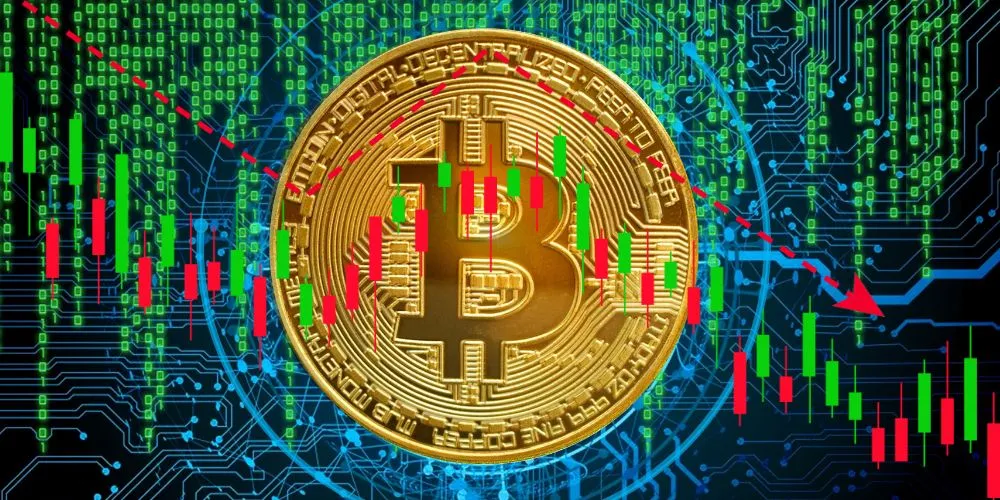Key Points
- Bitcoin fell up to 6.5% earlier on Monday, later stabilizing at around $82,050.
- The U.S. government’s strategic Bitcoin reserve will only be funded by forfeited coins. There are no plans for additional government purchases of Bitcoin.
- Other cryptocurrencies, including ether and XRP, also experienced volatility.
- Investors like Matt Hougan view the reserve as bullish for the long term.
Bitcoin experienced significant volatility on Monday following President Donald Trump’s executive order establishing a strategic Bitcoin reserve for the United States. Earlier in the day, the world’s largest cryptocurrency dipped as much as 6.5%, falling to around $80,650 before recovering somewhat and later trading at $82,050—down by 0.74% at 4:12 a.m., according to Coin Metrics.
The reserve will be funded solely by bitcoin seized in criminal and civil asset forfeiture cases, with no plans for the government to purchase additional coins. This measure, announced last Thursday, disappointed some investors who had hoped for a more aggressive accumulation strategy.
The news sent ripples through the crypto markets, contributing to widespread price fluctuations for bitcoin and other major cryptocurrencies. Ether and XRP, for instance, initially dropped by approximately 7.5% before later trading in the green. Despite the short-term downturns, some investors see the government’s move as bullish in the long run.
Matt Hougan, Chief Investment Officer at Bitwise Asset Management, told CNBC’s “Squawk Box Asia” that the market appears to be overreacting to the immediate impact. He noted that investors were short-term disappointed that the government did not announce plans to acquire 100,000 or 200,000 bitcoins immediately. Hougan pointed to remarks by White House Crypto and AI Czar David Sacks, who mentioned that the U.S. would pursue “budget-neutral strategies” for future bitcoin acquisitions—strategies designed to incur no additional cost to taxpayers.
Hougan emphasized that the key question is whether this executive order will elevate Bitcoin to a position of geopolitical importance, potentially prompting other governments to create their strategic reserves. He argued that such a scenario could dramatically increase Bitcoin’s value over time, shifting its price trajectory from current levels of around $80,000 to possibly reaching $1 million per coin.
Despite the recent decline, Hougan described the dip as a “short-term setback” and expressed optimism that market confidence will soon return. Thus, the strategic reserve ultimately proved to be a bullish long-term development for Bitcoin and the broader cryptocurrency market.










